BlinkStick and Ikea DIODER as AmbiLight
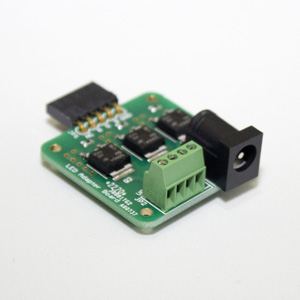
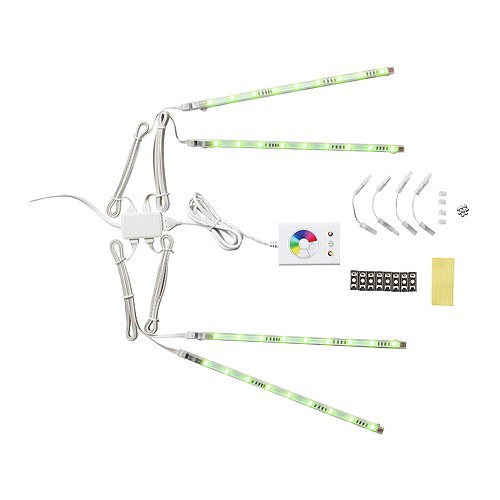
Step 1 - Preparation
For this tutorial you wil need:
- One BlinkStick v1.0
- One Ikea DIODER
- A soldering iron
- Some solder
- Some wire
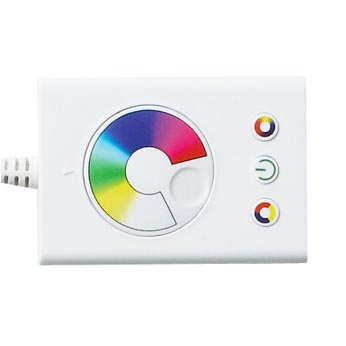
Step 2 - Open the main board case
Pry open the case. Best way to do it is with a screw driver on one of the sides.
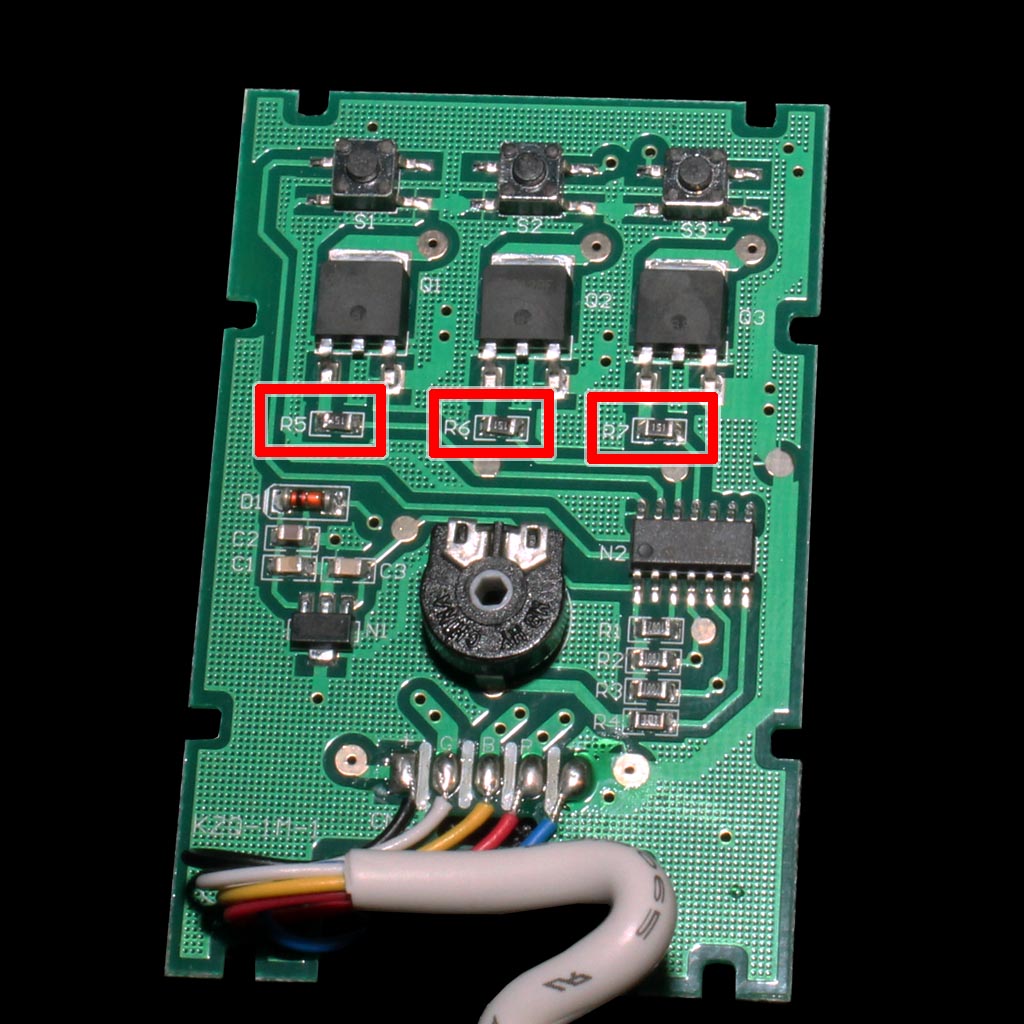
Step 3 - Remove the resistors
Remove SMD resistors R5, R6 and R7.
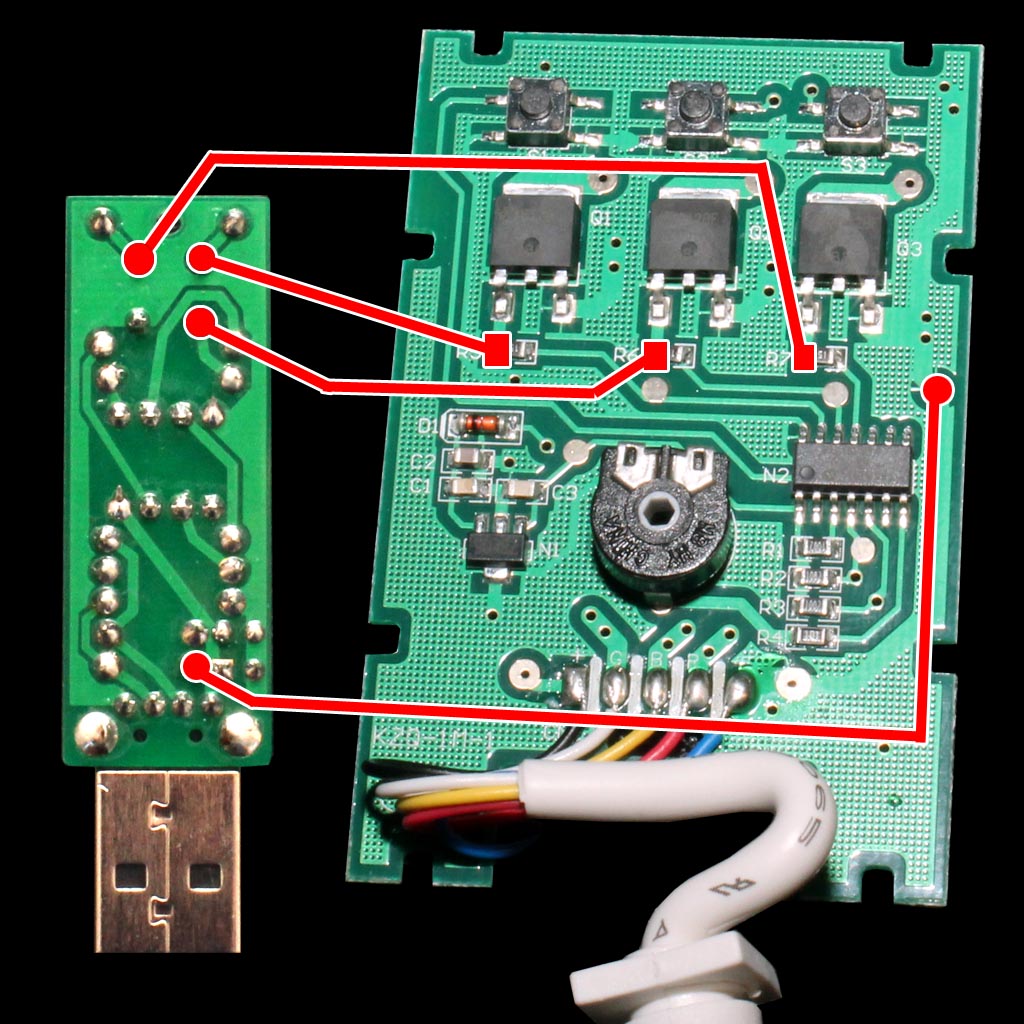
Step 4 - Wiring BlinkStick
Assemble BlinkStick, but exclude the LED1 component then wire the BlinkStick to the main DIODER board according to the schematic.
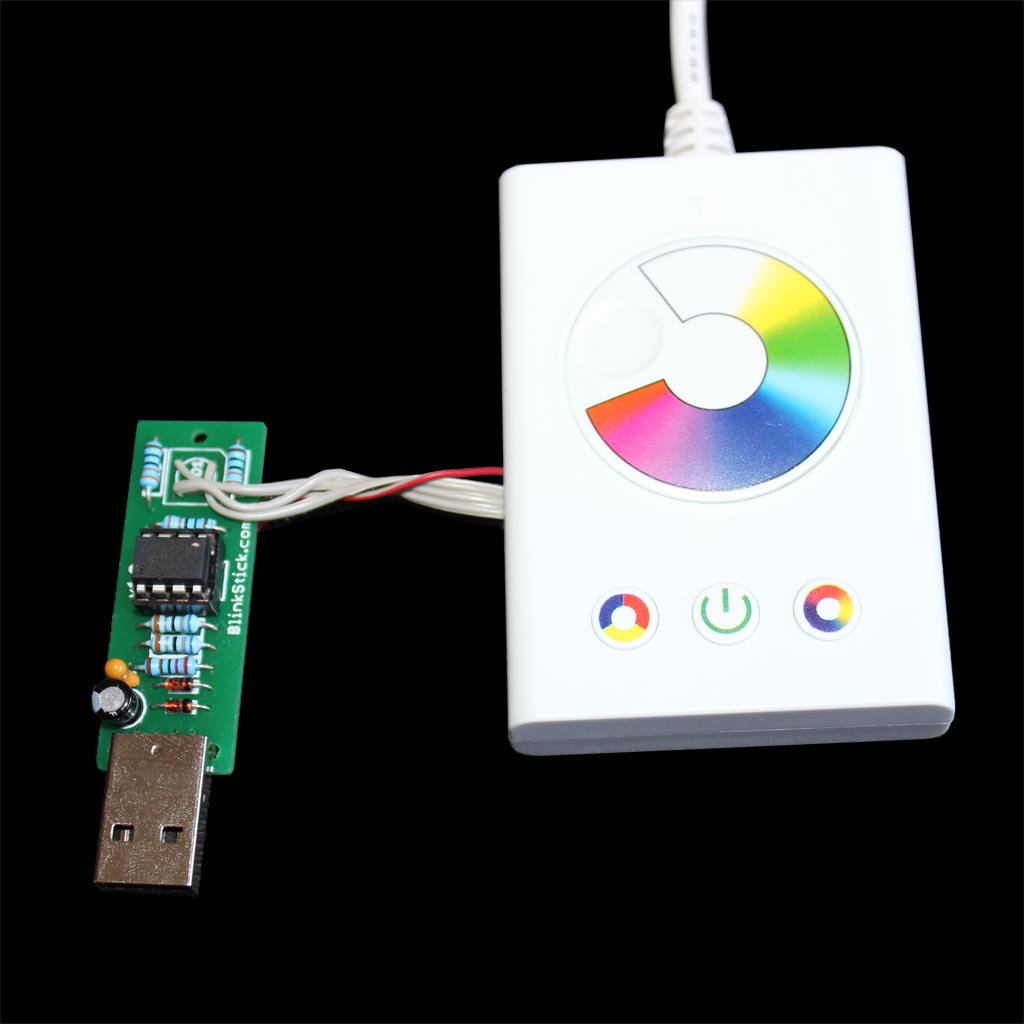
Step 5 - Using BlinkStick with DIODER
Connect BlinkStick to the computer and plug the DIODER to the mains. It still needs the external power supply to drive the LEDs.
Add an Ambilight notification to the client application and link it to the BlinkStick. The client application will calculate the average color on the screen and display it on the LED strips.
Once you finish the hack, the controls on the DIODER will not work any more. If you ever want to go back to all of the original features of DIODER, just remove the wires you have soldered in Step 4 and put the resistors back in.
Inverse mode
In order to use IKEA DIODER with BlinkStick software, you have to use inverse mode.
Client applicationYou can set the inverse mode for your client application:
- Open the main menu BlinkStick -> Manage
- Select your BlinkStick
- Change control parameter to Inverse
- Hit Apply button
This setting will be memorized for the BlinkStick with the serial number.
Python Control ScriptThe control script that comes with Python pip package contains the --inverse option. For example:
blinkstick --inverse --set-color redPython code
BlinkStick object in Python module exposes set_inverse method to enable the inverse mode.
stick = blinkstick.find_first() stick.set_inverse(True) stick.set_color(name="blue") # this correctly sets color to blueNode code
Currently under development.
Ruby codeCurrently under development.
